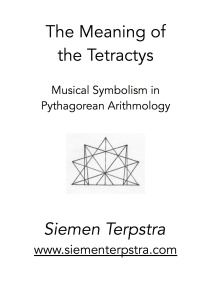 The Tetractys symbol is an exquisite example of how a simple visual pattern can have multi-varied meanings and ‘levels’ of interpretive significance. The famous Pythagorean oath refers to the Tetractys, praising it as the source “which contains the fount and root of eternal nature”. A profusion of insights can be derived from the image, concepts which are relevant to arithmetic (number relations), harmonics (musical tuning theory), and geometry (number relations in space). Only a pitifully small amount of ancient commentary has been perserved; but the study of the above disciplines uncovers more and more relevance for the symbol. In this short paper, I will briefly review some historical interpretations and offer a few insights of my own that come from extensive work in harmonics and sacred geometry.
The Tetractys symbol is an exquisite example of how a simple visual pattern can have multi-varied meanings and ‘levels’ of interpretive significance. The famous Pythagorean oath refers to the Tetractys, praising it as the source “which contains the fount and root of eternal nature”. A profusion of insights can be derived from the image, concepts which are relevant to arithmetic (number relations), harmonics (musical tuning theory), and geometry (number relations in space). Only a pitifully small amount of ancient commentary has been perserved; but the study of the above disciplines uncovers more and more relevance for the symbol. In this short paper, I will briefly review some historical interpretations and offer a few insights of my own that come from extensive work in harmonics and sacred geometry.
Click on the links to see the articles in your browser or right-click to save the files to your drive.
http://siementerpstra.com/writings/Terpstra-Tetractys.pdf
http://siementerpstra.com/writings/Terpstra-TetractysDiagrams.pdf
 The principle of harmonia – the mediation between extremes through the application of logos or proportion – is the preeminent, central concern of Pythagorean cosmology and philosophy. According to Philolaus (b. c. 470 B.C.E.), the earliest Pythagorean whose fragments have survived, “Nature in the universe was harmonized from Limited and Unlimited elements, both the totality of the kosmos and all the things in it.” Moreover, “Harmonia comes to be in all respects out of contraries; for harmonia is the unity of multiplicity, and the agreement of things that disagree.” The nature of harmonia, the “fitting together” of extremes, was studied by the Pythagoreans on the monochord.
The principle of harmonia – the mediation between extremes through the application of logos or proportion – is the preeminent, central concern of Pythagorean cosmology and philosophy. According to Philolaus (b. c. 470 B.C.E.), the earliest Pythagorean whose fragments have survived, “Nature in the universe was harmonized from Limited and Unlimited elements, both the totality of the kosmos and all the things in it.” Moreover, “Harmonia comes to be in all respects out of contraries; for harmonia is the unity of multiplicity, and the agreement of things that disagree.” The nature of harmonia, the “fitting together” of extremes, was studied by the Pythagoreans on the monochord.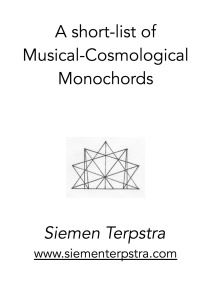 This list of monochord divisions was extracted from my MONOCHORD NUMBERS REFERENCE MATERIAL. In that paper I generated every consecutive just monochord (the series terminating at an arbitrary level of interval complexity) by setting up a strict mathematical rubric. In this paper I selected from this collection the monochords which have the greatest musical and cosmological relevance. I have also presented them in a slightly different manner, in order to bring out the ‘family relations’ between the divisions. It is assumed that the reader of this paper has some familiarity with the monochord concept, and has read my
This list of monochord divisions was extracted from my MONOCHORD NUMBERS REFERENCE MATERIAL. In that paper I generated every consecutive just monochord (the series terminating at an arbitrary level of interval complexity) by setting up a strict mathematical rubric. In this paper I selected from this collection the monochords which have the greatest musical and cosmological relevance. I have also presented them in a slightly different manner, in order to bring out the ‘family relations’ between the divisions. It is assumed that the reader of this paper has some familiarity with the monochord concept, and has read my 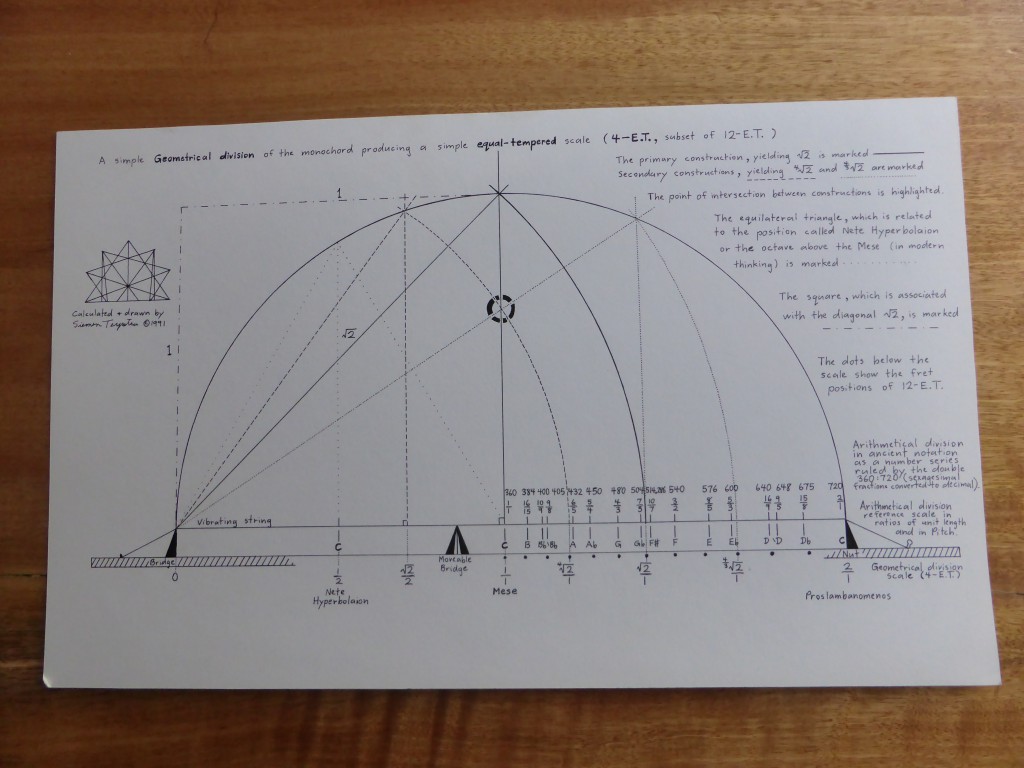
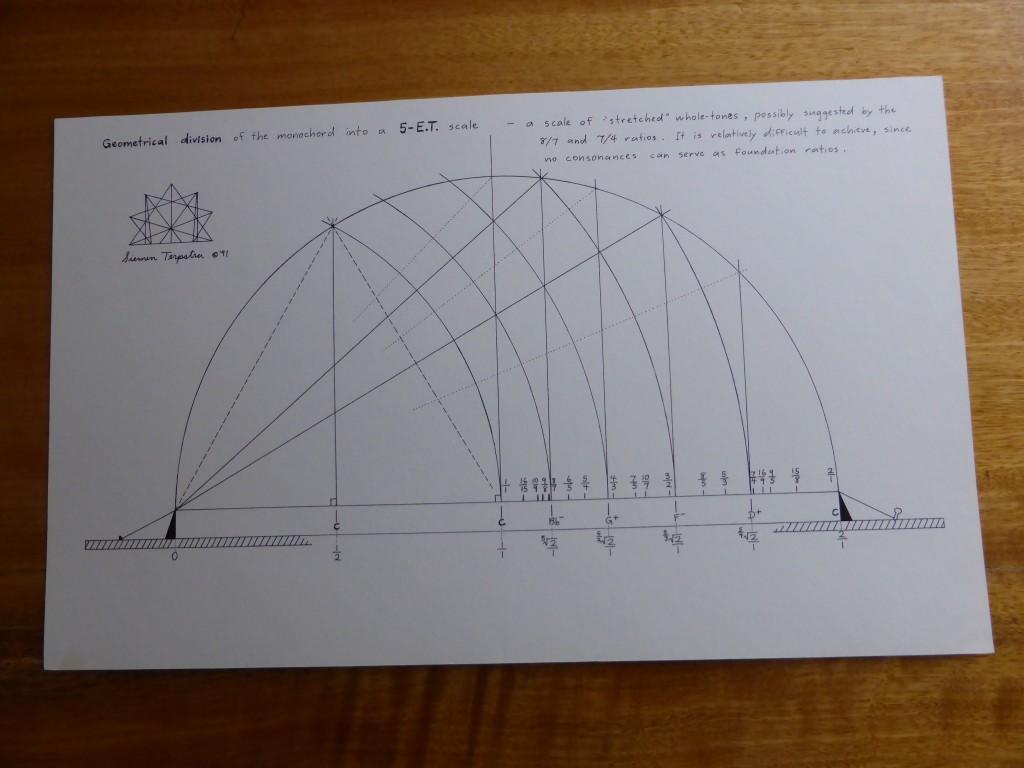
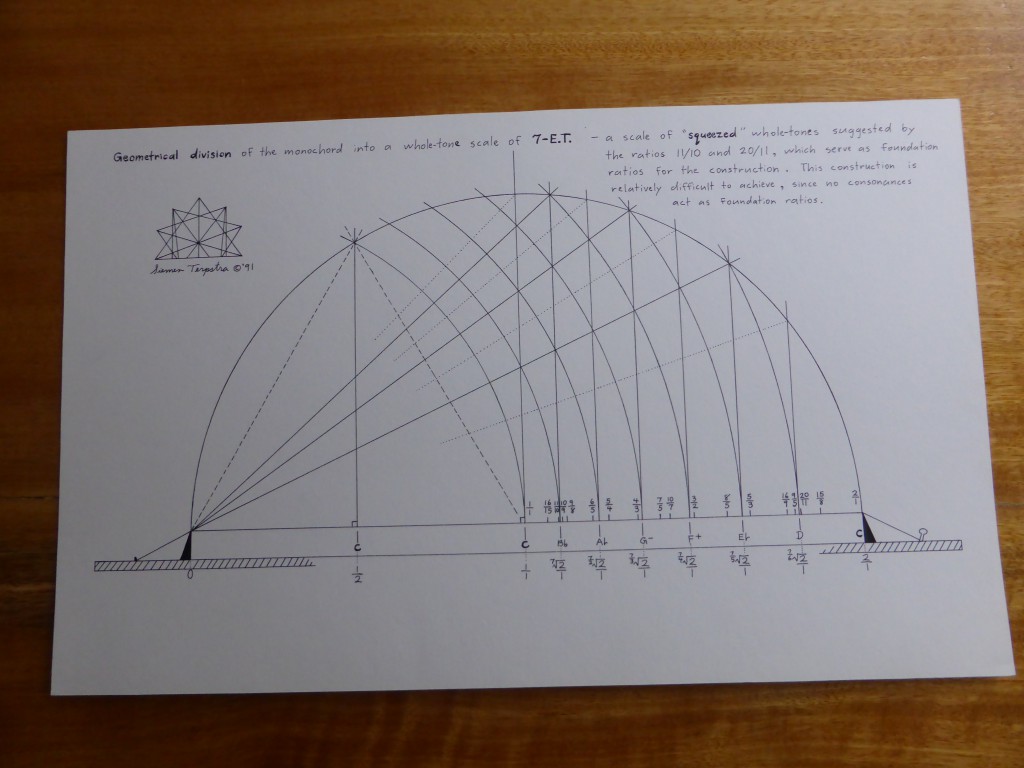
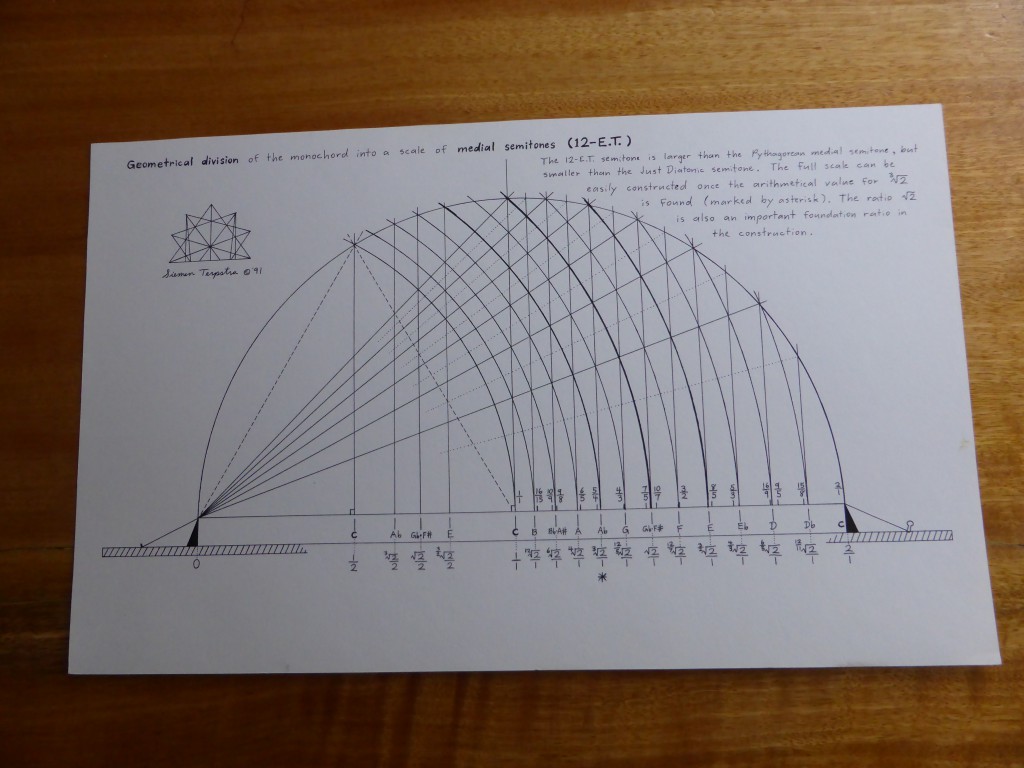
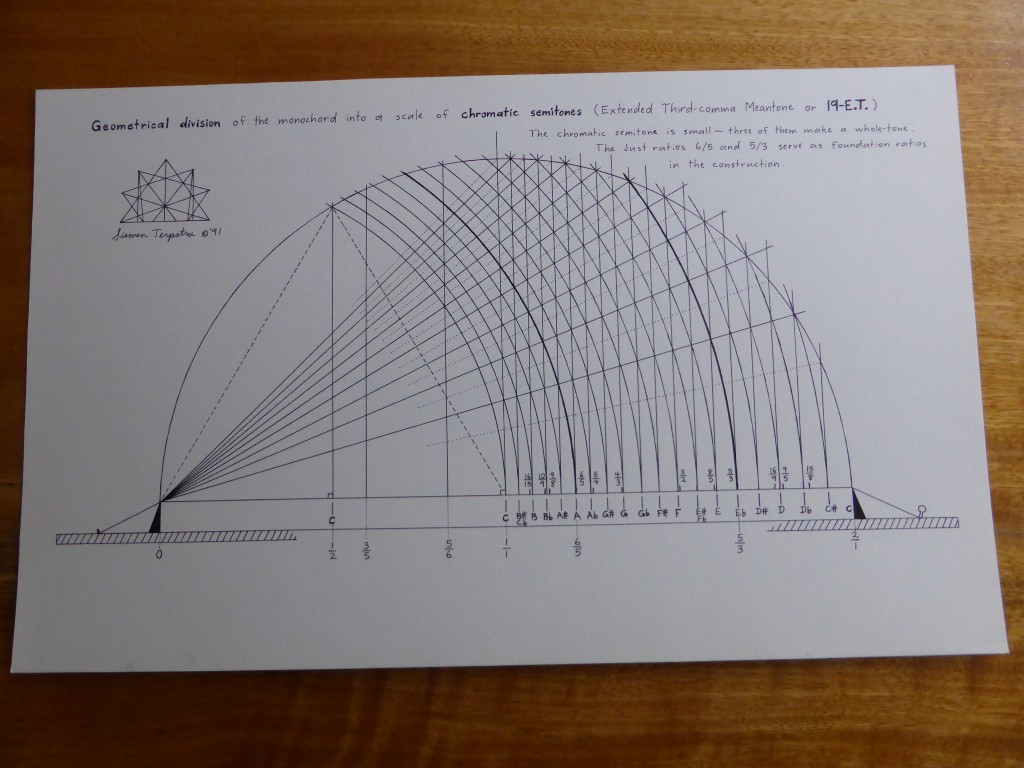
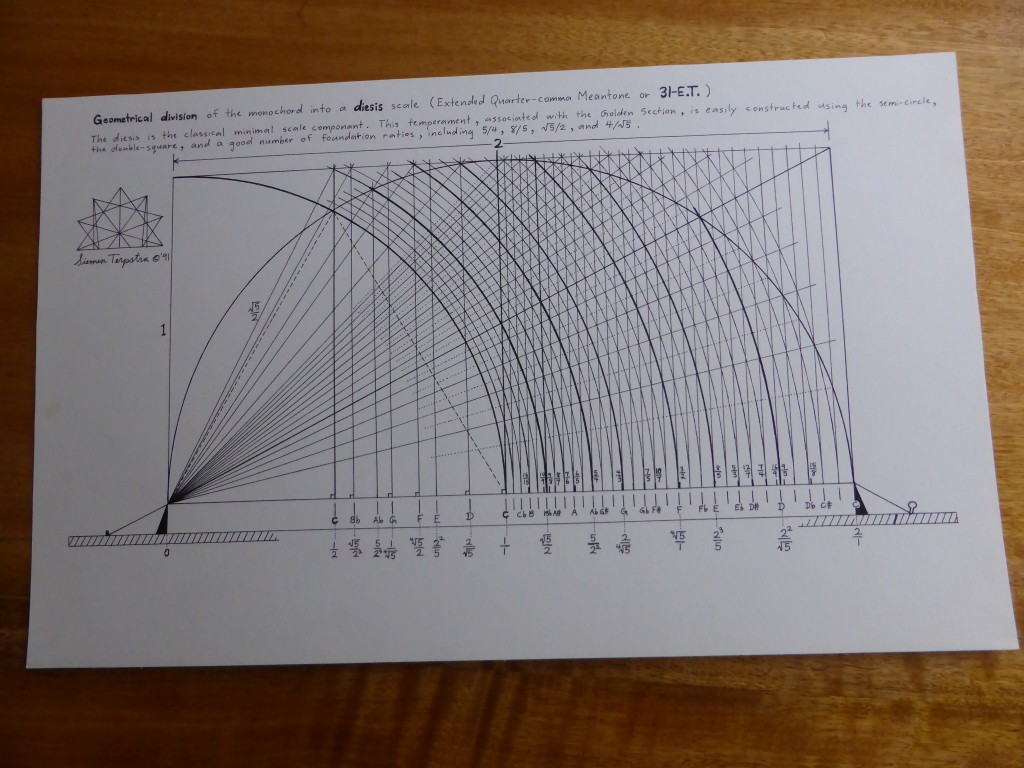
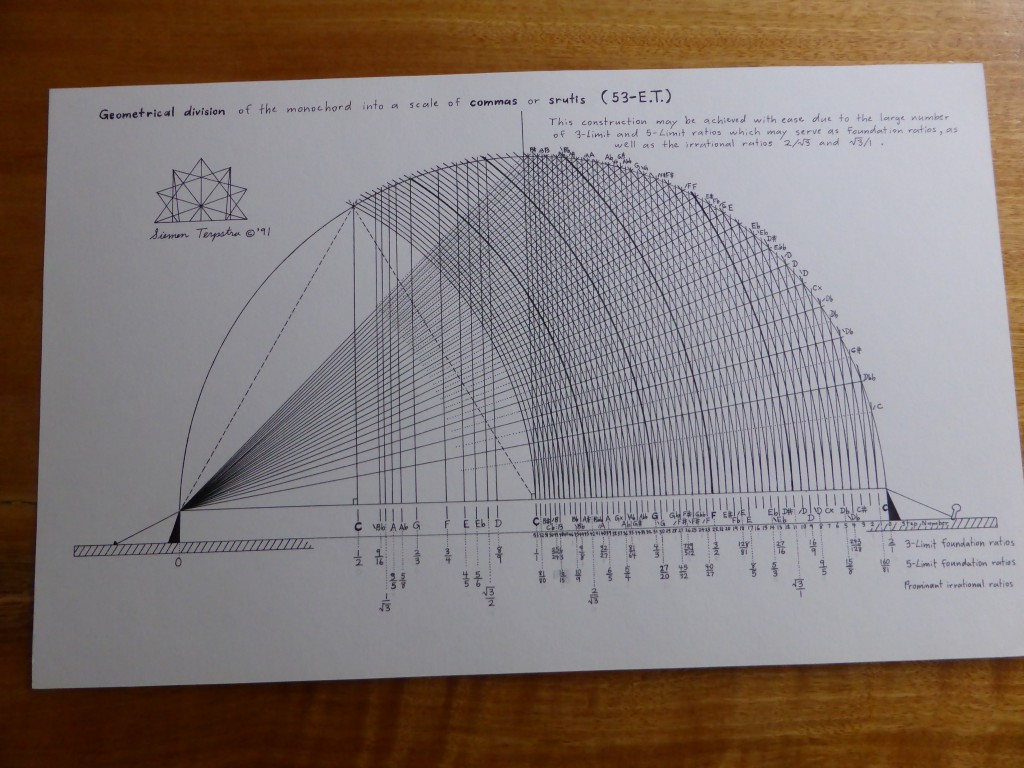
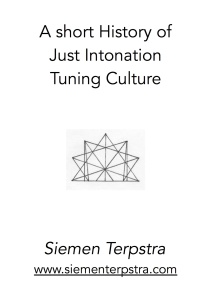 The use of Just Intonation (simple ratios) as a musical tuning norm has a very long and illustrious history. However, this history is also rather complex. I cannot hope to give but the barest outline of an overview in the abbreviated format – it deserves a book. Nevertheless, an essay is a valuable exercise in condensed presentation, although it inevitably has its price. My interpretations of the historical data are sometimes based on long strings of circumstantial evidence, since this is all the information available. Consequently, it is only possible to present a fraction of the arguments that support my conclusions within this brief context. The reader should not forget that this is only one person’s version of the most likely story.
The use of Just Intonation (simple ratios) as a musical tuning norm has a very long and illustrious history. However, this history is also rather complex. I cannot hope to give but the barest outline of an overview in the abbreviated format – it deserves a book. Nevertheless, an essay is a valuable exercise in condensed presentation, although it inevitably has its price. My interpretations of the historical data are sometimes based on long strings of circumstantial evidence, since this is all the information available. Consequently, it is only possible to present a fraction of the arguments that support my conclusions within this brief context. The reader should not forget that this is only one person’s version of the most likely story.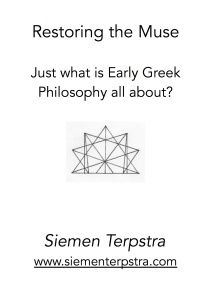
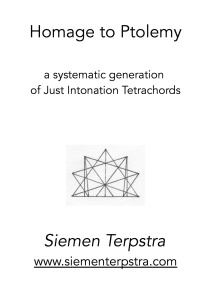 The author generates a handsome collection of tetrachords by using an archaic arithmetical procedure. He embeds various historical tetrachords into the group, with special focus on Ptolemy. He provides historical context. He also presents a generalized classification of tetrachord types. Finally he demonstrates the usefulness of the schisma resolution in modelling the fine grain of n-limit Just Intonation.
The author generates a handsome collection of tetrachords by using an archaic arithmetical procedure. He embeds various historical tetrachords into the group, with special focus on Ptolemy. He provides historical context. He also presents a generalized classification of tetrachord types. Finally he demonstrates the usefulness of the schisma resolution in modelling the fine grain of n-limit Just Intonation.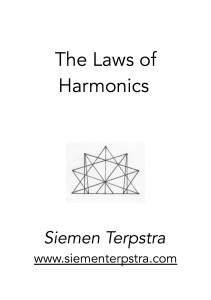 Starting in the middle 1980’s, around the time that I wrote up A Short List of Musical-Cosmological Monochords, I began a patient compilation of diagrams. Most of them consisted of elaborate tables showing numerous just ratios calculated in cents, as well as some speculative monochords and representations of the Harmonic Series. I meant this work to accompany a text that sums up my investigations into Harmonics. Inevitably, it reflected my interests during the seventies and early eighties – just intonation, drone-based music, and monochords. I never got around to writing the text, though I left a couple of pages of notes. After a few years I scrapped the whole project and archived it under the rather imposing heading: The Laws of Harmonics. Recently I dragged it out of its storage to reconsider the project.
Starting in the middle 1980’s, around the time that I wrote up A Short List of Musical-Cosmological Monochords, I began a patient compilation of diagrams. Most of them consisted of elaborate tables showing numerous just ratios calculated in cents, as well as some speculative monochords and representations of the Harmonic Series. I meant this work to accompany a text that sums up my investigations into Harmonics. Inevitably, it reflected my interests during the seventies and early eighties – just intonation, drone-based music, and monochords. I never got around to writing the text, though I left a couple of pages of notes. After a few years I scrapped the whole project and archived it under the rather imposing heading: The Laws of Harmonics. Recently I dragged it out of its storage to reconsider the project.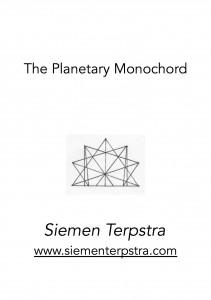 scale.
scale.